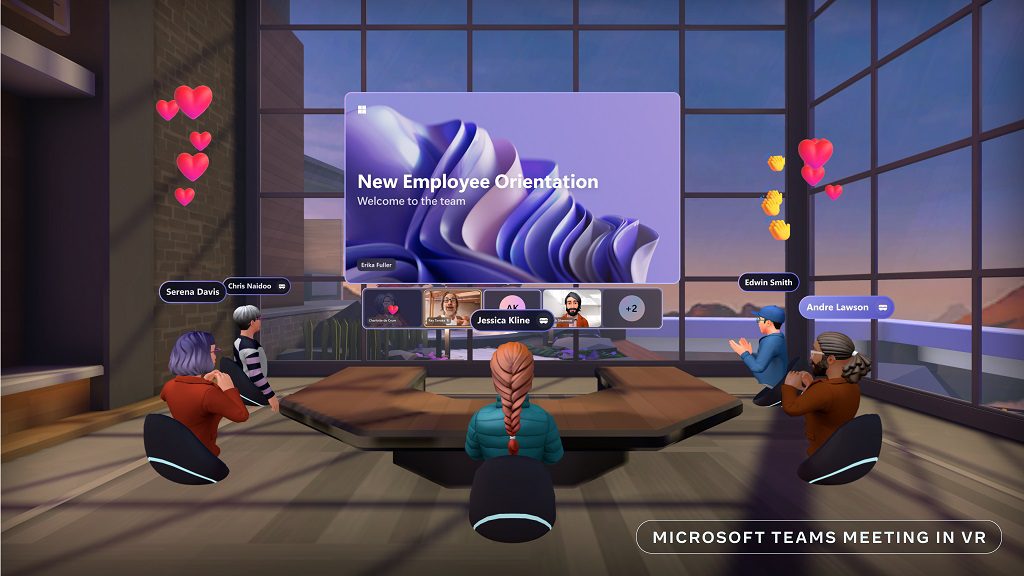Art and animation are essential to creating immersive gaming experiences. Concept art is the initial phase of game design, establishing the game’s visual style and providing a guide for the team. Character design and animation are vital to creating characters that players can relate to, care about, and interact with. Environment design and animation create immersive game worlds that players can explore and interact with. Visual effects, including lighting, particle systems, and post-processing effects, enhance the game’s visuals, making them more vibrant and realistic. The attention to detail and creativity in game design make video games an engaging medium for storytelling and interactive entertainment.
How Game Developers Use Art and Animation to Create Immersive Gaming Experiences
Video games have become an integral part of modern society, providing players with immersive experiences and endless possibilities. The success of a video game depends on various factors, including story, gameplay mechanics, and graphics. However, the art and animation of the game play a critical role in creating immersive gaming experiences. In this article, we’ll explore how game developers use art and animation to create immersive gaming experiences.
Concept Art
The concept art is the initial phase of the game design process, where the game’s visual style, characters, environments, and other game elements are created. The concept art provides the foundation of the game’s art design, and it’s essential for the team to establish the art style, mood, and tone of the game. The concept art serves as a guide for the team, providing them with the overall vision of the game’s visuals.
Concept art allows the team to explore various art styles and experiment with different themes until they find the perfect look for the game. This exploration phase is crucial for creating the game’s immersive experience and ensuring that the visuals support and enhance the gameplay.
Character Design and Animation
Game developers also use art and animation to create characters that players can relate to, care about, and interact with. The character design process involves creating detailed sketches and models that capture the character’s look, personality, and backstory. The design process usually involves multiple rounds of revisions and feedback from the team until they create a character that fits perfectly with the game’s world.
Character animation is another critical aspect of creating immersive gaming experiences. The animation team uses motion capture technology to capture the movements of real-life actors, which is then used to animate the game characters. The animation team also needs to ensure that the character’s movements and facial expressions match the personality and mood of the game.
Environment Design and Animation
Game developers use environment design and animation to create immersive game worlds that players can explore and interact with. Environment design involves creating detailed maps, landscapes, cities, and other game spaces that players can explore. The environments can be designed to evoke certain moods and emotions, such as a spooky forest or a bustling city.
The animation team also adds life to the game’s environments by animating objects and characters in the world. For example, trees may sway in the wind, water may ripple, and animals may move around the environment. These animations create a living, breathing world that immerses players in the game’s world.
Visual Effects
Visual effects are another crucial aspect of creating immersive gaming experiences. Visual effects include lighting, particle systems, and post-processing effects that enhance the game’s visuals. The lighting team uses lighting to create atmosphere, mood, and tone in the game. For example, the team may use dark lighting to create a spooky atmosphere in a horror game.
Particle systems are used to create effects such as explosions, fire, and smoke. These effects add realism and excitement to the game, immersing players in the game’s world. Post-processing effects, such as depth of field, motion blur, and lens flare, enhance the game’s visuals, making them more vibrant and realistic.
Conclusion
Art and animation play a crucial role in creating immersive gaming experiences. Game developers use concept art, character design and animation, environment design and animation, and visual effects to create games that transport players to new worlds and provide them with hours of entertainment. The attention to detail and creativity in game design is what makes video games such a compelling medium for storytelling and interactive entertainment.
